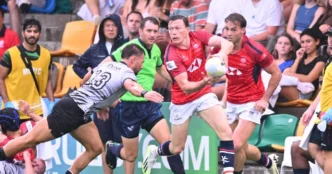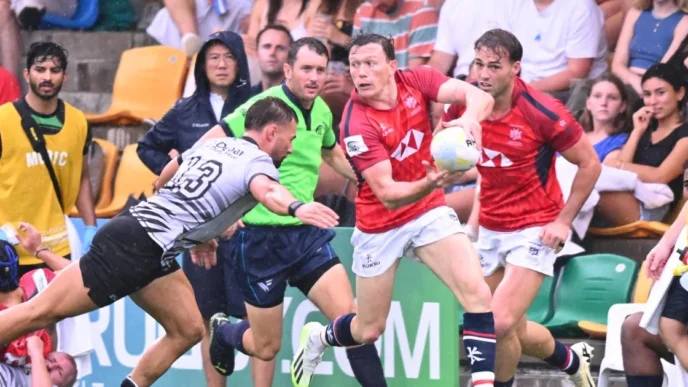The Drama of Tied Matches in the United Rugby Championship
The United Rugby Championship (URC) regular season has concluded, and only eight teams remain in pursuit of the coveted title. As knockout rugby often delivers dramatic finishes and tight scores, the question arises: what happens if the scores are level at the final whistle?
In the URC, as in many other tournaments, if the scores are tied at the end of regulation, the game proceeds to extra time. This extra period consists of two 10-minute halves, separated by a 5-minute break. Notably, it is not a golden point format, meaning that both halves of extra time must be played, even if points are scored during this period.
“If the scores remain even after extra time, the result is determined by a place-kicking competition.”
The process involves two coin tosses – the first to decide the end of the ground where the kicks will take place, and the second to determine which team chooses to go first or second. Each team then selects three kickers who will each take two kicks, with the first kicker from each side taking a shot from the first position, followed by the second and third kickers from subsequent positions.
After each team has had six attempts, the side with the most successful kicks wins the game. If the number of successful kicks is level after the initial six attempts, the kicking competition enters sudden death, with each team’s kickers continuing to take turns until one side emerges victorious.
This innovative approach to resolving tied matches ensures that a winner is determined, even in the most closely contested of knockout fixtures, providing an exciting climax to the URC’s quest for glory.
The 2023/24 season of the United Rugby Championship is set to witness record growth, with South Africa playing a pivotal role in this expansion. As the quarter-finals approach, rugby enthusiasts eagerly await to see which teams will navigate the dramatic extra-time scenarios and place-kicking showdowns to secure their place in the next round of the competition.
🔗 Source













